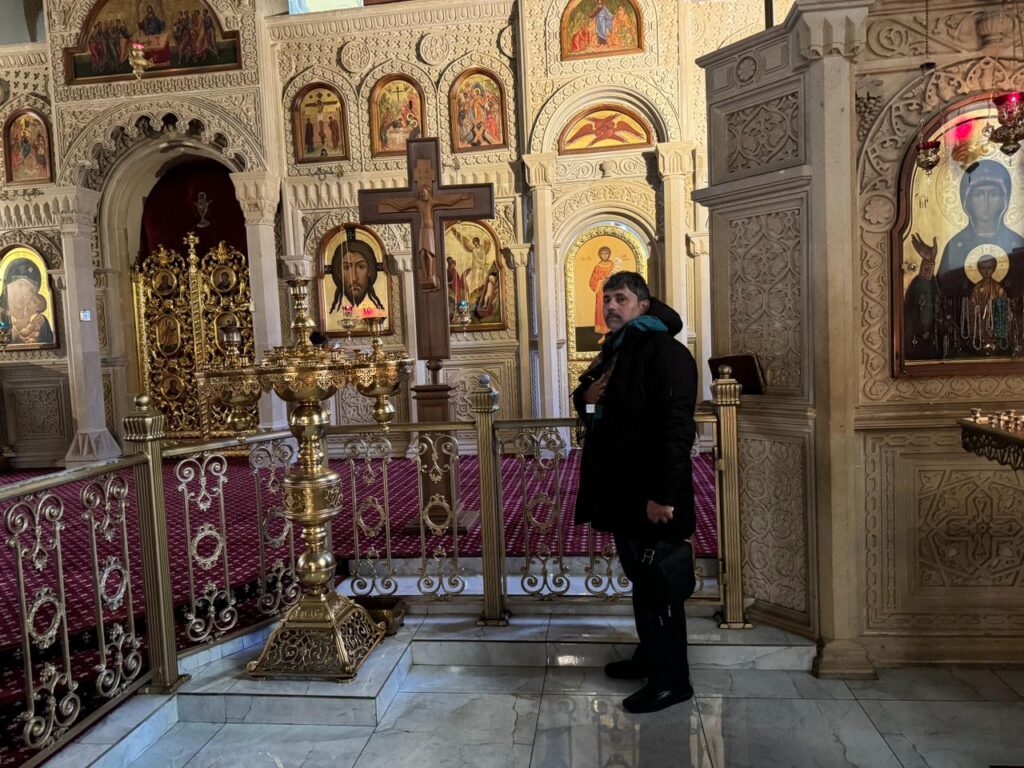From Tenacity to Renewal, The Untold Story of Baku 100 Year’s old Church

The Russian Orthodox Church in Baku was constructed according to the design of the Russian architect Fyodor Mikhailovich Verzhbitsky. The project received funding from the War Office of Tsarist Russia, along with a generous donation from the Baku merchant Gadhzi Zeynalabdin Tagiev. The cathedral’s name has significant historical roots. The church was originally built in 1909 for the 206th Saliyan Regiment stationed in Baku, it was consecrated in hnor of the woman who, according to tradition, were the first to visit the tomb of the resurrected Jesus Christ on the day after Saturday to anoint his body with fragrant oils and myrrh.
In 1920, amidst the wave of Sovietization, the Russian Orthodox became one of the earliest targets for closure of religious sites. It was repurposed as a warehouse initially, then transformed into a gymnasium, and eventually served as a barracks for paratroops from 1989 to 1990. During the events of Black January in 1990, the cathedral sustained severe damage from missiles launched by soviet troops.

In 1991, during Ayaz Mutallibov’s tenure, the building was returned to the Russian Orthodox Churhch. Through the financial support of Azerbijani-born Russian entrepreneur Aydin Gurbanov, extensive restoration work was completed in 2000. On May 27, 2001, the cathedral church was given the status of Holy Myrrh beares.
In the 1990s, restoration efforts were initiated by the Russian Orthodox Church to preserve the architectural heritage of the temple. The building was meticulously restored, and on May 27, 2001, during a visit to Azerbaijan, His Holiness the Patriarch of Moscow and All Russia, Alexis II, conducted the consecration of the church, elevating it to the status of a Diocesan Cathedral Church. Following its restoration, the Russian Orthodox Church was reopened on March 24, 2003.




